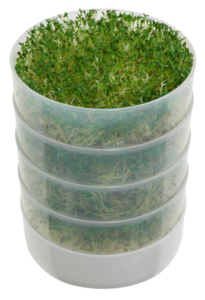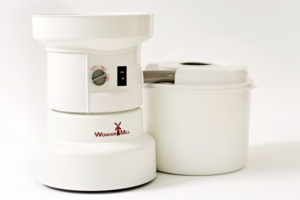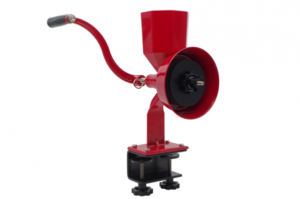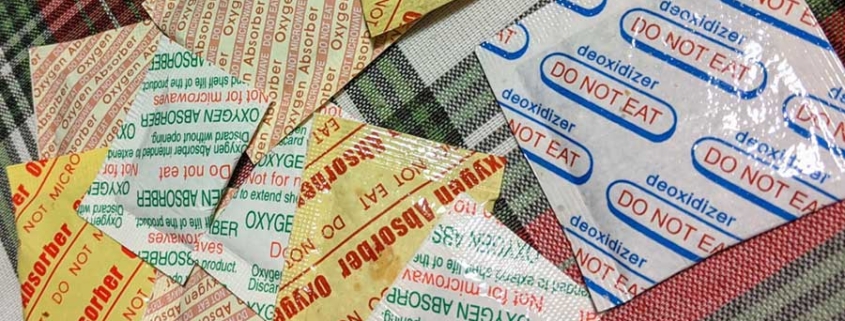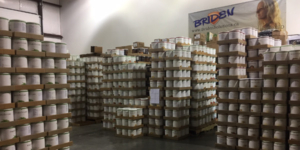Camping Trip: Wasa
Hello folks, I want to share real life experience from a summer camping trip that resulted in my son breaking his elbow. Hindsight is 20-20 they say, and just maybe my mistakes will help someone else! We were camping as a family in July 2019, and as things can go, my middle son fell off the monkey bars at the park and broke his elbow. Thankfully I have been blessed with the ability to stay calm in an emergency and I was able to get through the ordeal fairly well.

Mistake #1
My husband was with my son at the park while I was bringing my other two children in away from the water (safety first). My first mistake was here. I should have swapped roles with my husband as I am the more experienced first-aider and quick thinker, while my husband is much better suited as the “gopher” and runner.
- In Hindsight: Know your strengths and weaknesses as an individual and as a partnership.
Mistake #2
The next mistake we made was not knowing how cross-provincial health care worked. I had no idea if I could call an ambulance or if I would be charged a large fee being out of province visitors. We opted to transport him ourselves. This was unfortunately an extremely inexperienced and poor choice on my part.
- In Hindsight: We should have called 9-1-1
 Mistake #3
Mistake #3
The next mistake we made was linked to the last mistake. When we got to the hospital I went in to get someone to help us bring a stretcher out to could transport him in to the hospital. The hospital will not do that per their policy. If I wanted him transported inside, I would need to do it myself or call 9-1-1 and then they would send someone to bring him in. At this point we should have done that, but no longer thinking clearly, we carried our 7 year old into the hospital.
- Hindsight: we should have called 9-1-1
From this point the “system” was able to take over, and my stay calm time was over. I was now able to release some very pent up emotions while they did their x-rays and eventually took him away to surgery. 
Mistake #4
My final mistake was that I arrived to the hospital in my beachwear. I luckily had a sweater in our van, but my husband went back to the campground (half an hour away) to get back to our other children (whom were with trusted people). I stayed in the hospital overnight in my bathing suit.
- Hindsight: When we go to the beach, I now have a bag in our vehicle with us that is sort of like a mini 72-hour kit. It has a change of clothes for me, a few personal hygiene items, a phone charger, a water bottle, and spare cash in it.
Self Evaluation Post Emergency: Questionnaire
Overall, my biggest take away was that my first aid skills were put to the test, and I’d give myself a solid 5 out of 10, with lots of room for improvement. I was able to evaluate the situation after the fact and learn from it. You have to start somewhere right? Experiences are what help us grow and be better prepared for future experiences.
Below is a self-evaluation questionnaire that you can use to assess your emergency situations. This questionnaire can help you reflect on your actions, learn from the experience, and improve your preparedness for future emergencies:
Self-Evaluation Questionnaire for Post-Emergency Situations
- Did I remain calm during the emergency and its immediate aftermath?
- Yes
- No
- Somewhat
- Was I able to ensure the safety of myself and my loved ones during the emergency?
- Yes
- No
- Partially
- Did I effectively communicate with my family or household members during the emergency?
- Yes
- No
- Somewhat
- Did I follow my emergency plan and protocols that I had in place before the emergency occurred?
- Yes
- No
- Partially
- Was I able to provide basic first aid or medical assistance to those in need during or immediately after the emergency?
- Yes
- No
- Somewhat
- Did I have access to essential supplies such as food, water, and medical kits following the emergency?
- Yes
- No
- Partially
- How well did I adapt to changing circumstances and make quick decisions during the emergency?
- Very well
- Adequately
- Struggled
- Did I maintain clear and effective communication with emergency services, if needed?
- Yes
- No
- Somewhat
- Did I document the details of the emergency, including any damages, injuries, or actions taken, for future reference?
- Yes
- No
- Partially
- How would I rate my overall preparedness for this emergency on a scale of 1 to 10 (with 10 being extremely well-prepared)?
-
- 1
- 2
- 3
- 4
- 5
- 6
- 7
- 8
- 9
- 10
Further Evaluation Questions:
- What worked well in my response to the emergency, and what areas need improvement?
- What additional skills, resources, or knowledge do I believe would have been helpful in handling this emergency more effectively?
- Have I identified any gaps in my emergency preparedness plan or supplies that need to be addressed for future emergencies?
- What steps will I take to enhance my preparedness and response for future emergency situations?
- Do I have a plan for debriefing and discussing the emergency response with family or household members to learn from the experience?
Conclusion:
This self-evaluation questionnaire can serve as a valuable tool for individuals to reflect on their actions and preparedness in the aftermath of an emergency. It can help identify areas for improvement and guide future efforts to enhance readiness and resilience in the face of unexpected events.
I wish you all the best as inevitable unexpected situations come to pass, and know that even though I rated myself a 5/10, I am still proud of me and my family for staying calm and collected while handling a crisis moment. We are grateful for the experience to have learned and know what we can and should do if we ever find ourselves in a similar situation again.









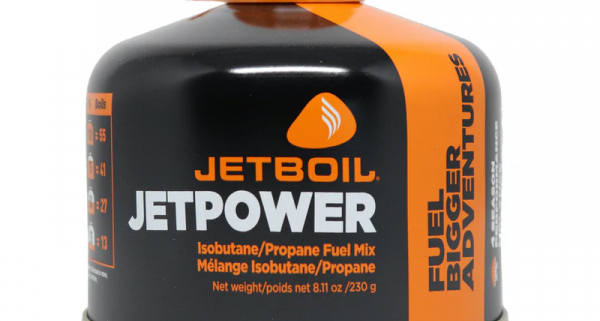
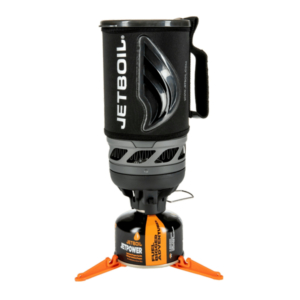

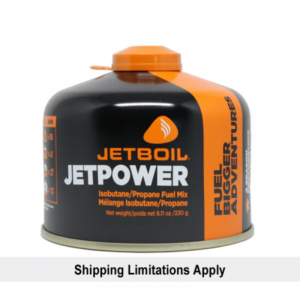

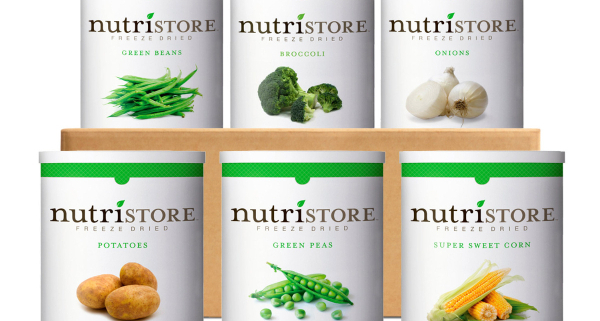



 counterparts.
counterparts.